One of the fascinating lessons from the history of science is that scientists are, at their core, human beings – often with wonderfully peculiar curiosities. In the mid-to-late 1800s, a period brimming with breakthroughs in electromagnetic theory and the revelation of light’s electromagnetic nature, some of the brightest minds in physics were also deeply engrossed in a seemingly unrelated puzzle.
They were dropping cats.
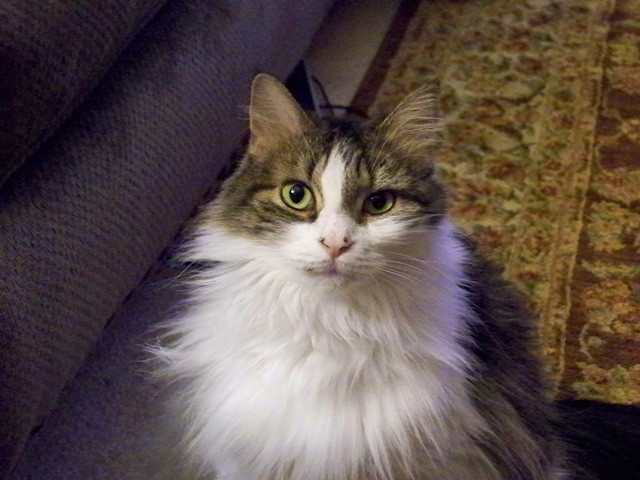 Confused cat face expressing disbelief and questioning with the text "Say what!!??" overlaid.
Confused cat face expressing disbelief and questioning with the text "Say what!!??" overlaid.
Indeed, these physicists were captivated by “cat-turning,” or what we now understand as the remarkable ability of cats to consistently land on their feet, regardless of their initial orientation or the height they fall from. These weren’t just idle observations; experiments were conducted, likely with the participation of some tolerant feline subjects, and at least one formal paper was published, complete with photographic evidence.
So, who were these pioneers of feline drop science?
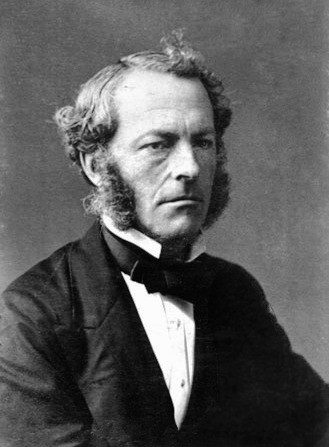 Portrait of George Gabriel Stokes, a distinguished-looking older man with a beard.
Portrait of George Gabriel Stokes, a distinguished-looking older man with a beard.
Among them was George Gabriel Stokes (1819-1903), a name already familiar to readers of tales of scientific romance. Stokes was a luminary in physics and mathematics, holding the prestigious Lucasian Professor of Mathematics chair at Cambridge from 1849 until his death, a position also graced by figures like Stephen Hawking and Isaac Newton. Stokes earned his place in this esteemed company through significant contributions to mathematics, fluid dynamics, and optics, including the fundamental Stokes’ theorem in vector calculus and his namesake Navier-Stokes equations in fluid dynamics. He also discovered fluorescence, the conversion of ultraviolet light to visible light.
And, he was deeply intrigued by the science of dropping cats.
As his daughter, Mrs. Laurence Humphry, recounted in the 1907 Memoir and Scientific Correspondence of the Late Sir George Gabriel Stokes,
He was much interested, as also was Prof. Clerk Maxwell about the same time, in cat-turning, a word invented to describe the way in which a cat manages to fall upon her feet if you hold her by the four feet and drop her, back downwards, close to the floor.
This passage reveals not only Stokes’s fascination but also that James Clerk Maxwell, another giant of physics, shared this peculiar interest in Cat Drop experiments.
 Portrait of James Clerk Maxwell, a man with a beard and mustache, in a formal suit.
Portrait of James Clerk Maxwell, a man with a beard and mustache, in a formal suit.
James Clerk Maxwell (1831-1879) is rightly celebrated as one of the most influential theoretical physicists of the 19th century. His crowning achievement was the unification of electricity and magnetism, culminating in Maxwell’s equations, which also demonstrated that light is an electromagnetic wave. Maxwell also made significant strides in thermodynamics and kinetic theory of gases, and even pioneered color photography.
He, too, was a cat dropper, at least in the scientific sense.
Maxwell began his university journey early, entering the University of Edinburgh at 16 in 1847. He later moved to Trinity College, Cambridge, in 1850, focusing on mathematics and color perception. He excelled academically and remained at Cambridge as a research fellow. It was during this period that he delved into the mysteries of cat-turning.
He later reminisced about this research in an 1870 letter to his wife, Katherine Mary Clerk Maxwell, noting the reputation it garnered him:
There is a tradition in Trinity that when I was here I discovered a method of throwing a cat so as not to light on its feet, and that I used to throw cats out of windows. I had to explain that the proper object of research was to find how quick the cat would turn round, and that the proper method was to let the cat drop on a table or bed from about two inches, and that even then the cat lights on her feet.
The question arises: what drew such scientific luminaries to the seemingly simple act of a cat landing on its feet? Known today as the “cat righting reflex,” it’s a surprisingly complex problem in dynamics – the study of forces and motion. Superficially, it appears cats shouldn’t be able to rotate mid-air, lacking external forces to alter their angular momentum. Yet, through a series of intricate twists and body adjustments, they achieve a net rotation, seemingly defying physics, but actually demonstrating its elegant principles. (The Wikipedia page on the cat righting reflex offers an illuminating animation.)
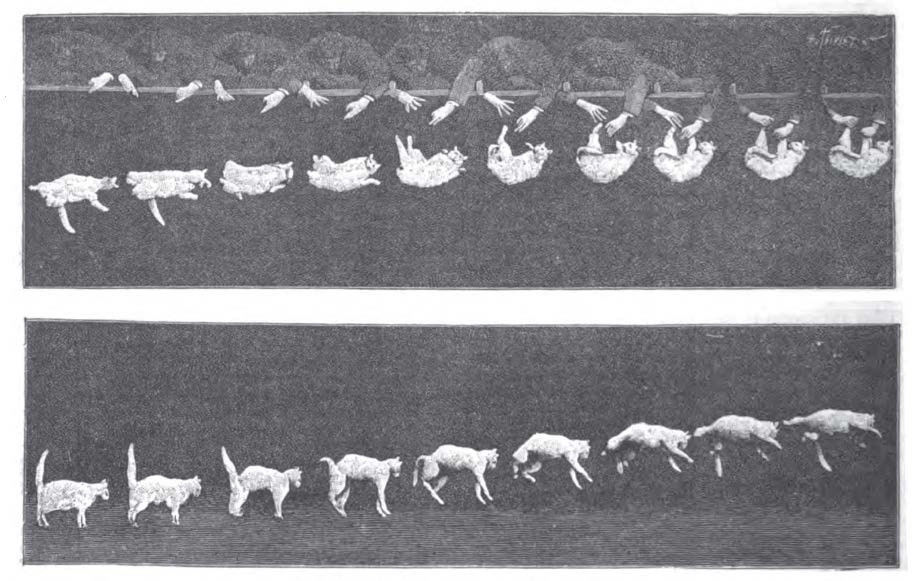 Etienne-Jules Marey, a man with a beard and mustache, wearing a dark coat and hat.
Etienne-Jules Marey, a man with a beard and mustache, wearing a dark coat and hat.
By the 1890s, scientific inquiry into the cat drop phenomenon gained a powerful new tool: high-speed photography. Étienne-Jules Marey (1830-1904), a French scientist, physiologist, and pioneer of cinematography, was perfectly positioned to apply this technology. Marey, initially focused on human blood circulation, later became fascinated by animal locomotion. He invented chronophotography, capturing rapid sequences of images – up to 12 frames per second – on a single plate. His “chronophotographic gun,” while designed for scientific observation, had a distinctly formidable appearance. With it, he captured motion studies of humans, birds, horses, and, naturally, cats.
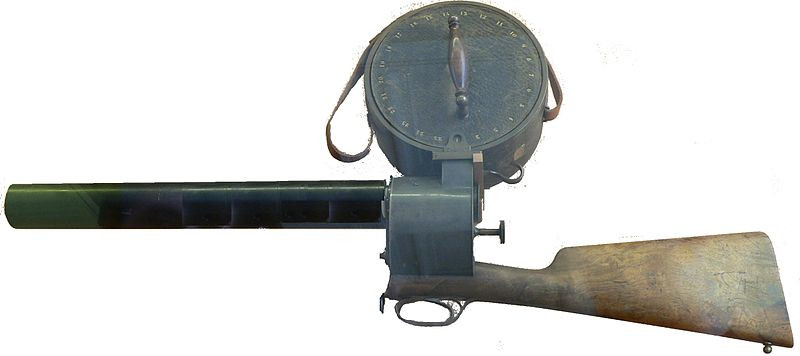 Marey's chronophotographic gun, resembling a rifle with a large circular lens at the end.
Marey's chronophotographic gun, resembling a rifle with a large circular lens at the end.
Marey’s groundbreaking cat drop images were first presented in Comptes Rendus in 1894, with a summary appearing in Nature the same year. The following image series originates from that Nature publication.
 Etienne-Jules Marey, a man with a beard and mustache, wearing a dark coat and hat.
Etienne-Jules Marey, a man with a beard and mustache, wearing a dark coat and hat.
The Nature article’s author humorously noted, “The expression of offended dignity shown by the cat at the end of the first series indicates a want of interest in scientific investigation.”
Marey’s photographs were instrumental in dispelling some initial theories. The absence of initial rotation confirmed that cats don’t push off the dropper’s hands. Marey also concluded that air resistance played a negligible role. (Experienced skydivers corroborate this, noting minimal air resistance in the initial moments of freefall.)
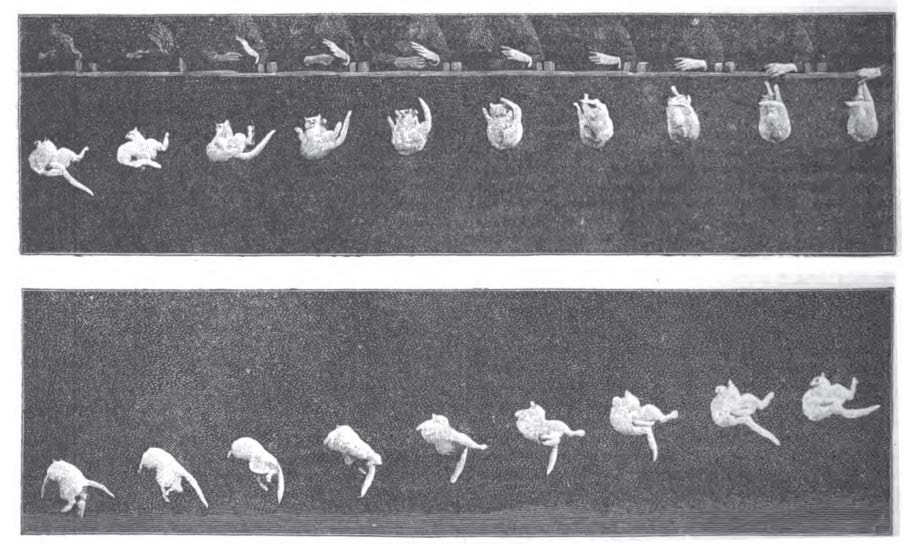 Series of images showing a cat falling from a front view.
Series of images showing a cat falling from a front view.
Marey’s explanation centered on inertia:
M. Marey thinks that it is the inertia of its own mass that the cat uses to right itself. The torsion couple which produces the action of the muscles of the vertebra acts at first on the forelegs, which have a very small motion of inertia on account of the front feet being foreshortened and pressed against the neck. The hind legs, however, being stretched out and almost perpendicular to the axis of the body, possesses a moment of inertia which opposes motion in the opposite direction to that which the torsion couple tends to produce. In the second phase of the action, the attitude of the feet is reversed, and it is the inertia of the forepart that furnishes a fulcrum for the rotation of the rear.
Essentially, Marey proposed that cats rotate by leveraging different parts of their body mass. They initiate rotation by twisting their front body with forelegs tucked in, creating a faster rotation than their extended hind legs. Reversing this process completes the maneuver. A more detailed explanation involves the crucial “kink” in the cat’s back.
Even today, the cat righting reflex continues to fascinate. Modern slow-motion videos demonstrate the phenomenon beautifully, reminding us that this enduring curiosity was shared by some of science’s greatest minds.
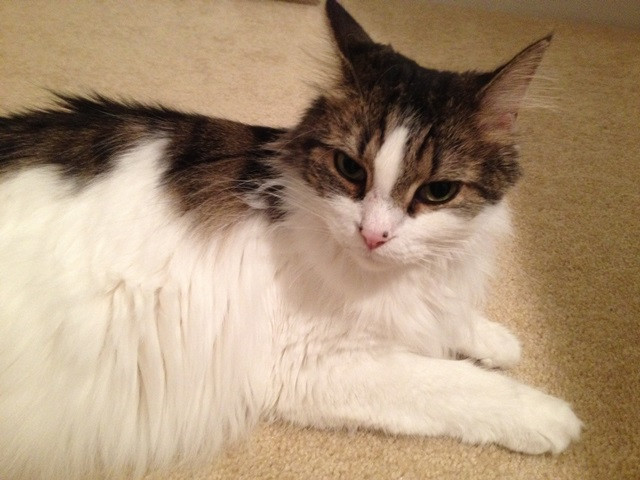 Cartoon image of a cat with a bandaged head and arm in a sling, with the text "I wouldn't try it."
Cartoon image of a cat with a bandaged head and arm in a sling, with the text "I wouldn't try it."
It’s a testament to the enduring allure of even the seemingly simple questions in nature, and the playful spirit of scientific inquiry.
